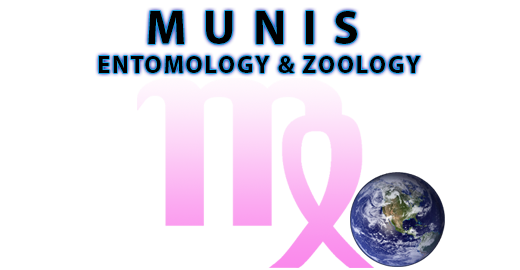View Item
- xmlui.general.dspace_homeCentros Regionales y EEAsCentro Regional La Pampa - San LuisEEA AnguilArtículos científicosxmlui.ArtifactBrowser.ItemViewer.trail
- DSpace Home
- Centros Regionales y EEAs
- Centro Regional La Pampa - San Luis
- EEA Anguil
- Artículos científicos
- View Item
True bugs (hemiptera: heteroptera) associated with soybean glycine max (L.) merr.) in southern cone
Abstract
The area selected for growing soybean (Glycine max (L.) Merr.) in Argentina, has increased in the last few years; reaching 28.6 millions hectars throughout the country, out which, 500.000 belong to La Pampa province. Usually, arthropods inhabit soybean crops during entire crop cycle. These small organisms manifest a high sensitivity to
environment variations. These features are considered to be indicators of habitat
heterogeneity, ecosystem diversity
[ver mas...]
The area selected for growing soybean (Glycine max (L.) Merr.) in Argentina, has increased in the last few years; reaching 28.6 millions hectars throughout the country, out which, 500.000 belong to La Pampa province. Usually, arthropods inhabit soybean crops during entire crop cycle. These small organisms manifest a high sensitivity to
environment variations. These features are considered to be indicators of habitat
heterogeneity, ecosystem diversity and the state of stress environment. The survey of phytophagus insects is not only necessary from an agricultural point of view but also from an environmental perspective. This data, allows the researcher to measure the level of Environmental stress, which contributes to the acknowledgement of an important and diverse segment of the local and regional biota. This paper was carried out in a farm planted with soybeans near “Intendente Alvear”, La Pampa, Argentina. The sample method consisted of a combination of two collections methods, i.e, “pitfall” and “light trap” in three phenological stages of crops sampled (R3, R6 y R8). On the whole; a total of 3.289 Heteroptera were captured distributed as follows: 9 families, 18 genus and 20 species. The data provided in this work can be considered in Integrated Management
[Cerrar]

Fuente
Munis Entomology and Zoology 12 (2) : 380-388 (June 2017)
Date
2017
Formato
pdf
Tipo de documento
article
Palabras Claves
Derechos de acceso
Abierto
 Excepto donde se diga explicitamente, este item se publica bajo la siguiente descripción: Creative Commons Attribution-NonCommercial-ShareAlike 2.5 Unported (CC BY-NC-SA 2.5)
Excepto donde se diga explicitamente, este item se publica bajo la siguiente descripción: Creative Commons Attribution-NonCommercial-ShareAlike 2.5 Unported (CC BY-NC-SA 2.5)


